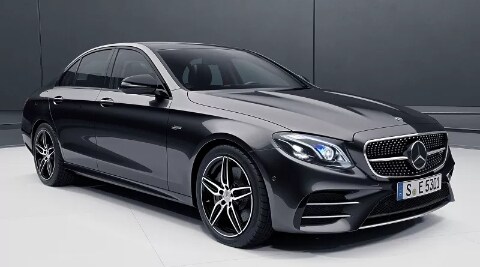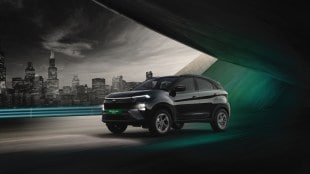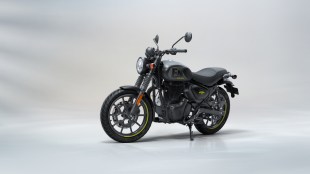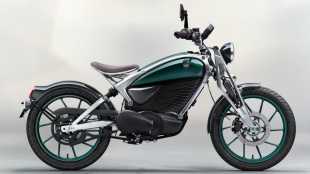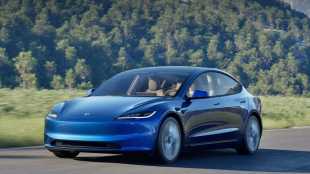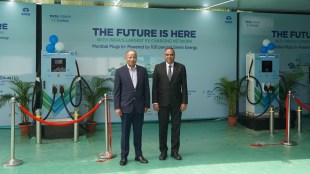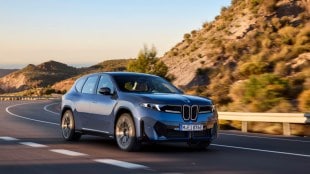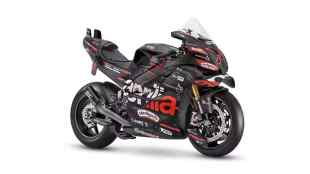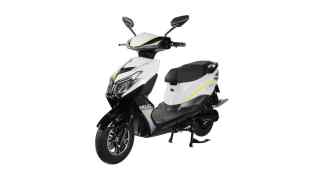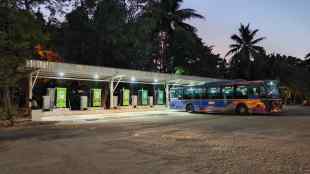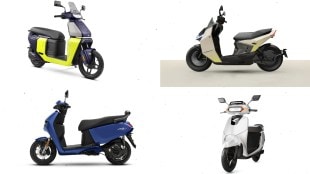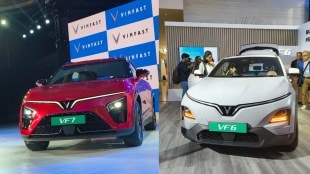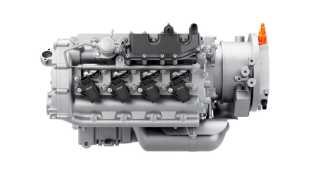
Mercedes-AMG has pulled the wraps off the newest addition to the E-Class range of AMGs adding a more conscientious model, a stark contrast to the ballistic E63 AMG already on sale in India. The new E53 AMG will be available as a sedan, a coupe and a convertible body style that sets the E53 apart in a big way. However, the most notable addition to E53 that will go to replace the previously launched E43 AMG is the addition of a new 48-volt electric system.
The system itself serves a plethora of purposes that make it more important than the standard 12-volt layout traditionally used in cars. One of them is called the EQ Boost starter alternator, which is an electric auxiliary compressor that builds a high charge pressure without the noticeable lag of the 12-volt system. This helps in a faster increase of torque that can be used in acceleration until the turbocharger kicks in. As a result, the 3.0-liter engine reacts spontaneously and provides lag-free responses. However, what this system also does is allow electric input units like the steering and the air conditioning to run independently of the engine allowing the AMG to drastically improve its fuel efficiency.
The 3.0 litre inline six pot turbocharged engine that puts out 430hp and 520 Nm of torque is the E 53’s big ICE motor that will also get a 20hp and 250 Nm boost from the EQ electric alternator when require. The motor is paired with AMG’s new nine-speed transmission. The car also comes with four-wheel drive and variable torque distribution, multi-chamber air suspension and continuously adjustable damping. The usual plethora of suspension, steering and engine modes will also be offered as expected.
The E53 AMG in this sense is a middle ground between the executive E-class and the quite insane E63 AMG. The E53l is set apart by its new bulged bonnet, quad exhaust pipes separated by a subtle diffuser. The E 53 gets the widescreen infotainment, AMG performance seats and wheel, and, carbon-fibre and aluminium trim. Now the E53 is set to launch in international markets at the end of the year. Which means that we could expect one in India by early 2019.
